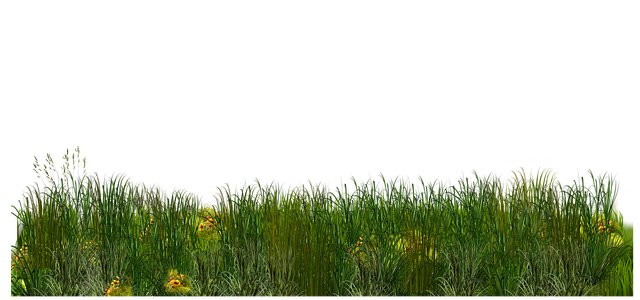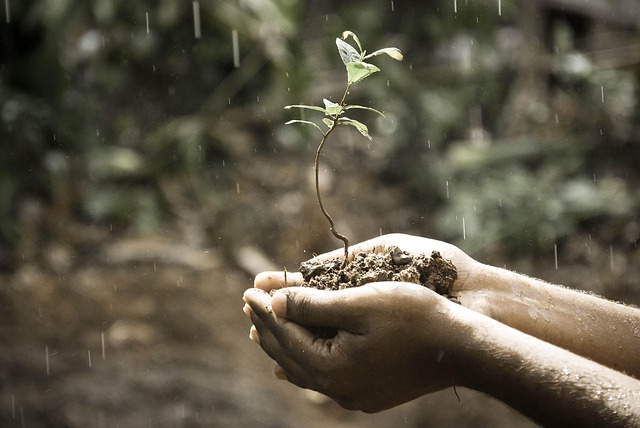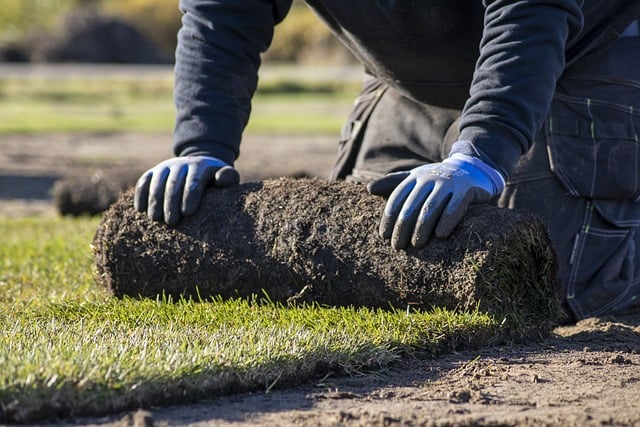Irrigating lawns effectively requires understanding grass needs, soil types, climate, and sunlight. Tailoring irrigation systems based on these factors promotes healthy grass growth, prevents over/under-saturation, and supports sustainable practices. Choosing between sprinkler or drip systems depends on garden size, plant types, and climate. Customized installation, regular maintenance, and adjustments ensure optimal lawn health, water efficiency, cost savings, and system longevity for Lawn Care and Landscaping.
“Elevate your lawn care game with an efficient irrigation system installation. This comprehensive guide navigates the process, from understanding your lawn’s unique water needs to selecting the perfect system for optimal landscaping.
We’ll walk you through each step, ensuring your new irrigation system delivers precise hydration. Discover expert tips for a thriving, lush lawn and learn how regular maintenance can revolutionize your outdoor space. Embrace the key to successful lawn care and landscaping.”
- Understanding Your Lawn's Water Needs: A Foundation for Effective Irrigation System Installation
- Choosing the Right Irrigation System for Your Landscaping
- Installation Process and Maintenance Tips for Optimal Lawn Care Results
Understanding Your Lawn's Water Needs: A Foundation for Effective Irrigation System Installation

Irrigating your lawn effectively requires understanding its specific water needs, which are influenced by factors like grass type, soil composition, climate, and exposure to sunlight. Different grasses have varying water requirements, with some needing more consistent moisture than others. Soil types can also play a significant role, as sandy soils dry out faster while clay-rich soils retain water longer. By analyzing these aspects, you can tailor your irrigation system for optimal performance, ensuring your lawn receives the right amount of water at the right time, promoting healthy growth and vibrant landscapes in your lawn care and landscaping efforts.
A thorough assessment of your lawn’s microclimates—areas with varying sun exposure and shading—is crucial as well. Understanding these variations will help you zone your irrigation system accordingly, preventing over or under-saturation in different parts of your yard. This strategic approach to lawn care and landscaping ensures water is used efficiently, enhancing the overall health and appearance of your grass while promoting sustainable practices.
Choosing the Right Irrigation System for Your Landscaping

When it comes to enhancing your lawn care and landscaping, selecting the appropriate irrigation system is a critical decision. The perfect system should cater to your garden’s unique needs, considering factors like size, plant types, and climate conditions. Different options are available, from sprinkler systems to drip irrigation, each with its own advantages. For instance, sprinklers are ideal for large areas as they cover vast spaces efficiently, while drip systems are more suitable for smaller, densely planted beds as they deliver water directly to the roots, minimizing waste.
Understanding your landscaping’s requirements will help guide your choice. Consider the types of plants you have; some may need more frequent but shallow watering, while others can thrive with less frequent but deep irrigation. The climate also plays a role; areas with high temperatures and low humidity might demand more frequent watering. By matching your irrigation system to these factors, you ensure optimal plant health and efficiency in lawn care and landscaping efforts.
Installation Process and Maintenance Tips for Optimal Lawn Care Results

The installation process begins with assessing your lawn’s unique needs, considering factors like soil type, slope, and vegetation density. This step is crucial for designing an efficient irrigation system that delivers water precisely where it’s needed, ensuring optimal lawn care and landscaping results. Professionals will map out a tailored plan, selecting the most suitable equipment from sprinkler heads to control valves.
Regular maintenance is key to keeping your irrigation system running smoothly. Scheduling routine inspections helps identify leaks or clogs early on. Additionally, adjusting sprinkler settings based on seasonal changes ensures your lawn receives the right amount of water at the appropriate times, promoting healthy growth and conserving water. Remember, proper upkeep not only enhances lawn care efforts but also contributes to long-term cost savings and system longevity.
Irrigation system installation is a strategic investment in your lawn care and landscaping. By understanding your lawn’s water needs, selecting the appropriate irrigation system, and maintaining it properly, you can ensure lush, vibrant greenery all year round. With the right approach, you’ll achieve efficient water usage while enhancing the overall health and aesthetics of your outdoor space, making it the cornerstone of any successful lawn care routine.














